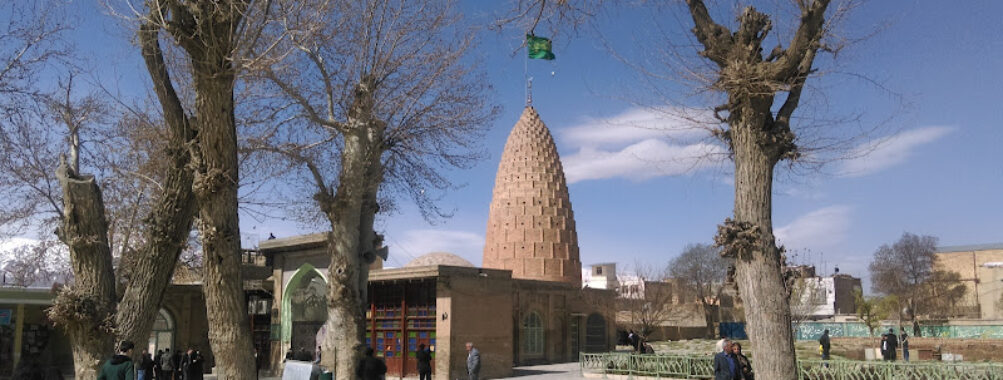
امام زاده جعفر
Table of Contents
Description
Imamzadeh Jafar in Borujerd, located in Lorestan Province of western Iran, is a shrine and mausoleum that carries both architectural and cultural significance. It is recognized as an important religious site believed to be the resting place of Jafar ibn Ali, a descendant related to Shia Imams. The building’s origins trace back many centuries, with historical works connecting parts of the structure to the Seljuk and Safavid eras, later expanded during the Qajar period. Its dome, halls, and entrances showcase remarkable craftsmanship that reflects layers of Islamic art and Persian architectural traditions over time.
Travelers often mention the site for its sense of serenity, enriched history, and spiritual aura. While some visitors come purely for religious devotion, others are drawn to its ancient architecture, particularly the intricate brickwork and exquisite tile adornments around the main entrance and dome. The structure itself acts as a living museum of Iran’s diverse architectural heritage, combining elements from multiple dynasties. Its historical legacy adds a kind of gravity, where just stepping inside feels like stepping back through centuries of regional history.
The shrine is in the center of Borujerd, making it an accessible stop for both local pilgrims and foreign travelers exploring western Iran. Despite being a religious site, it’s also recognized as an important piece of cultural heritage, forming part of the city’s identity and connecting locals to their deep historical roots. Some might feel that the preservation work has left parts of the mausoleum uneven in design, a mixture of original brick with sections restored during different eras. Yet this patchwork tells its own story—it’s less about polished perfection and more about continuity and resilience across time.
For those interested in religious architecture, Imamzadeh Jafar stands out among shrines in Iran because of its distinctive octagonal structure, grand dome, and intricate Safavid-era tile work. It serves not only as a tomb but also as a space of reflection and devotion, reminding visitors of the intertwined relationship between faith and art in Persian history. It may not overwhelm with size compared to some major shrines in Iran, but it captivates in detail and authenticity. That’s exactly why many travelers describe the experience of visiting as unexpectedly moving—whether from the peaceful courtyard, the play of light inside the hall, or the historical echoes in every brick and tile.
Location
Places to Stay Near امام زاده جعفر
Find and Book a Tour
Explore More Travel Guides
No reviews found! Be the first to review!